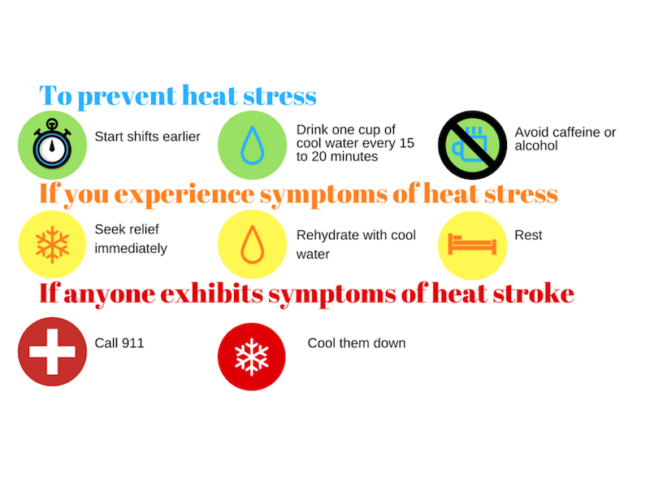High temperatures during July in Dallas, Texas, raise health risks to anyone who exercises outside. Heat illnesses are preventable by proper preparation and hydration.
Olivia Shawkey, a rising junior at SMU, shares her preferences when exercising outside. “I don’t really like bringing water with me when I run because I don’t like having it in my hand,” Shawkey said. “I drink water all day so I don’t get dehydrated.”
Peter F. Davis, doctor at SMU’s Bob Smith Health Center, defines heat illness and provides symptoms of which to remain aware.
“Heat stroke, or heat illness, is a term that defines kind of a continuum of medical conditions that happens when the body’s core temperature becomes too high or over heated,” Davis said.
“The American college of Sports Medicine has some guidelines for individuals who are exercising in the heat. So, if the body temperature continues to rise or we get progressively dehydrated, other problems can ensue, such as dizziness or light-headedness. At that point, if you’re exercising, you just really need to stop.”
So what steps should you take to prevent a heat illness?
Kerry Little, a Luke’s Locker employee, provides advice on how to stay properly hydrated when exercising outside in the heat.
“You need to be taking in water all week long,” said Little, “not just focusing on your long run.”
“If you need to exercise, try to do it early in the morning when the temperature is as low as it is, or perhaps in the evening, although it’s still a little hot then,” Davis said. “Exercising in shady spots, taking frequent water breaks, and just monitoring your body. If things aren’t right, then you need to slow down.”
“If you stop sweating completely, you get chills, and your skin turns red, that’s a sign of a heat stroke,” Little said. “You need immediate help.”
“Usually I just start walking and heading home just to cool off,” Olivia said. “And if I feel better I’ll go back outside.”















